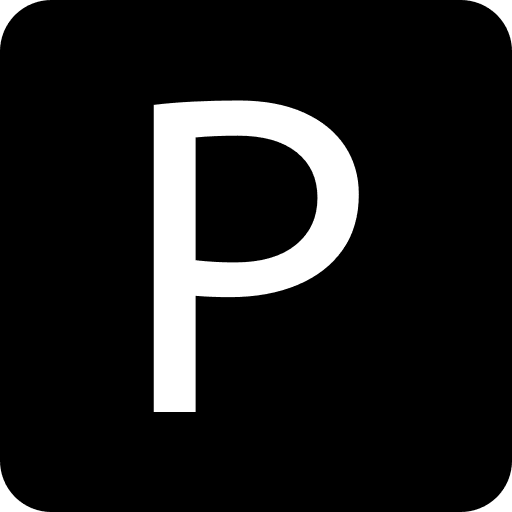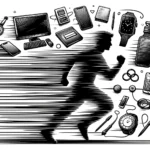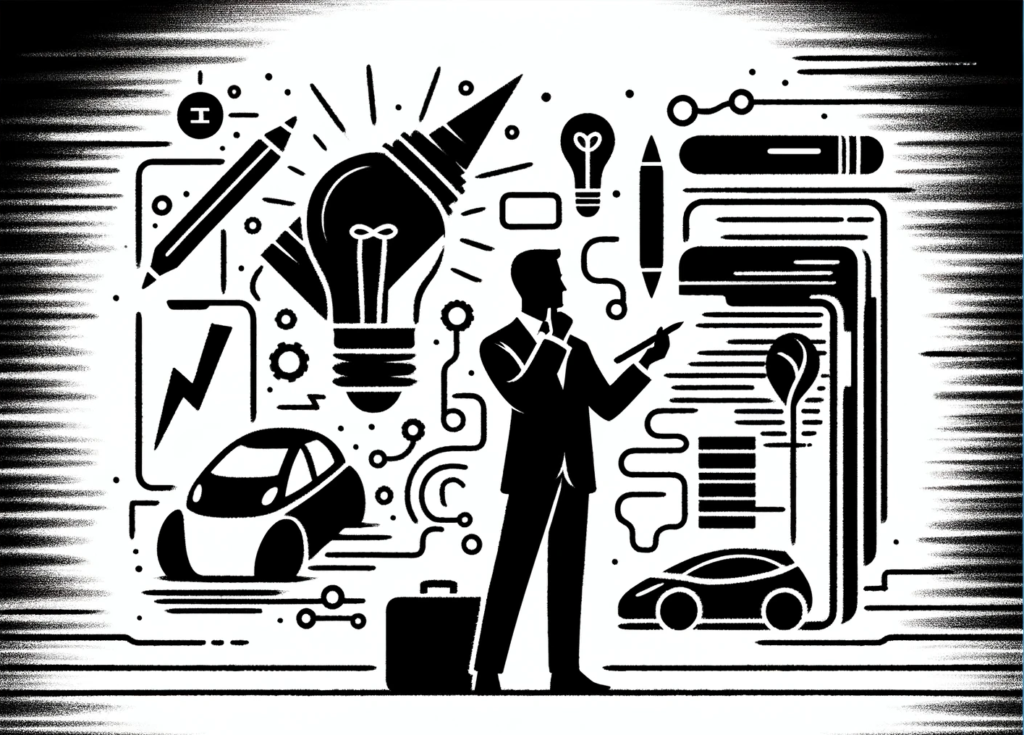
Role#2 of product managers is to invent and turn the gaps and customer pains into features and products. After finding which customer pain or product gap to focus on (Role 1), you need to start the invention process. Many call it ideation, but I believe that ‘invention’ is a better term. Invention pumps emotion into product managers, inspiring them to create something new. Additionally, whatever you develop new should be, and often is, patentable.
In this article I share with you :
- The most fun role of product managers; Invent features and products
In another article titled “Product Management Defined by a 9-Figure Company CEO”, I defined Product Management based on my experiences building a successful company around a product. This article explains Role 2 of product managers, as briefly mentioned in that article. It’s written so it can be read on its own, but you can read the main article after. Read it however works for you.
Role#1 of product manager is to find customer’s pain and gaps and prioritize them. This role is explained in details in the article titled. How Product Managers Find Product Pains and Gaps!.
Role#2 of product managers is to invent and turn the gaps and customer pains into features and products. After finding which customer pain or product gap to focus on, you need to start the invention process. Many call it ideation, but I believe that ‘invention’ is a better term. Invention pumps emotion into product managers, inspiring them to create something new. Additionally, whatever you develop new should be, and often is, patentable.
Before delving into invention, let’s discuss the difference between products and features, as each requires a slightly different inventive process to come up with what to develop:
Product:
->Hardware: As a mechanical engineer who became a CEO, hardware is a big area of passion for me. I built my company around hardware products. Hardware is challenging; it’s not for everyone and has a high entry barrier. It requires manufacturing, which is a lengthy and capital-intensive process. However, the invention process for hardware is somewhat easier than for software or app, as there are very limited alternatives for the end product. In contrast, in software or cellphone app, the possibilities are endless. Hardware can range from gadgets to robots in this day and age, or even be a passive device.
Consumer Market Examples include the iPhone, iPad, Sonos Speakers, and Apple Watch.
B2B Examples include 3D Printers, commercial hubs and routers, and Robotic Surgical Solutions
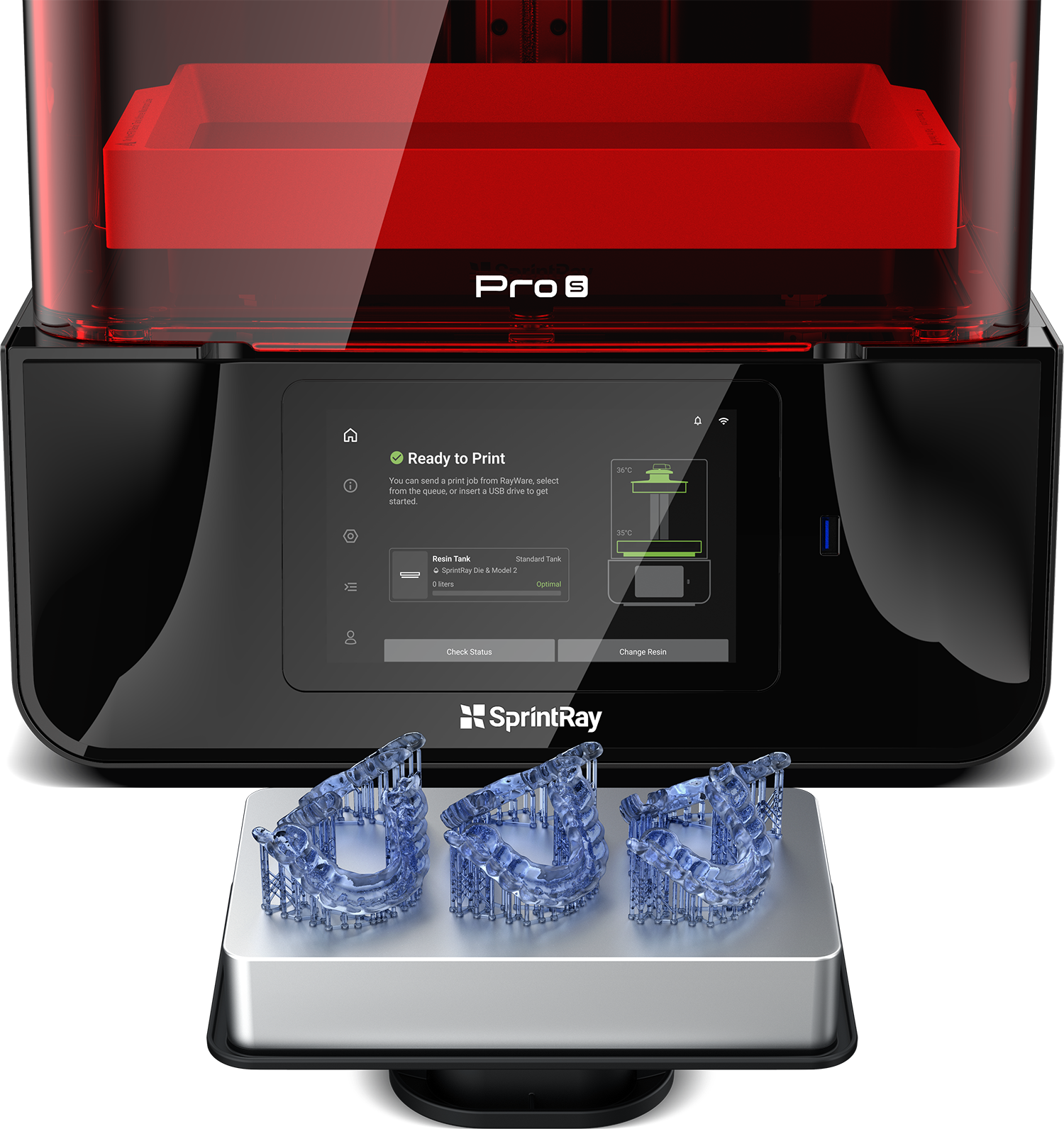
Software as a Service, or SaaS, is an area that many people are focused on today, which requires very strong product management expertise. Mobile applications are also similar. It’s rare that you can start a company like Google or OpenAI. Most of software companies today are portals that provide a service for customers. They are frontend heavy, UX heavy, with minimal proprietary backend algorithms.
Examples include Carta for Cap Table Management, Figma as a UX Design Tool, or various fitness apps for the consumer market. Robinhood
Feature:
Feature is a subset of a product. It is the unique functionality of a hardware and software products. In hardware products, once your development is done, you can’t add more ongoing features. New features are added to the next generation. This is not the case in software, you can indefinitely add more features and functionalities to your software products.
Now we defined product and features, let’s get back to explaining how to invent them. There are two principles I use in general for any inventive process, then I will cover how to be inventive for hardware and software products and features.
General Principles to be Creative and Inventive:
As the CEO of my company, I have always identified myself as a product manager. In this role, I have found a lot of joy and added value to my organization by being an inventor – creating features, UX improvements, hardware lines, accessories, etc.
In my 20s, I never thought I could be an inventor, life was busy and I was trying to figure things out. and I always have thought that you should be born as an innovator. In my late 20s, I took a Creativity Course at University of Southern California during my PhD program that was being taught by one of the greatest inventors I came across with, Behrokh Khoshnevis. In that course I learned that creativity and invention are acquired and you are not born with them. It was like a light bulb that went off in my brain. Today I hold more 20 patents pending and issued and every year I contribute to my company’s patent portfolio by being a product manager and doing this Role #2 of right. There are two principles that work for me.
->First General Principle:
Seek Thirst: Once I read a poem by Rumi, “Do not seek water, get thirst. – Quote by Rumi”. This became the foundation of being inventive as a product manager for me. In the context of product development, it means that you should occupy your mind with the problem statement (thirst) and the solution (water) will come to you. When you constantly think of a problem, suddenly you find your answer when driving from home to work, or working out, or showering. Try it and it works like a charm. The trick to tap into this power of your brain is to submerge your mind into the problem statement. This might take practice and it came natural to me. I can’t stop thinking about a problem.
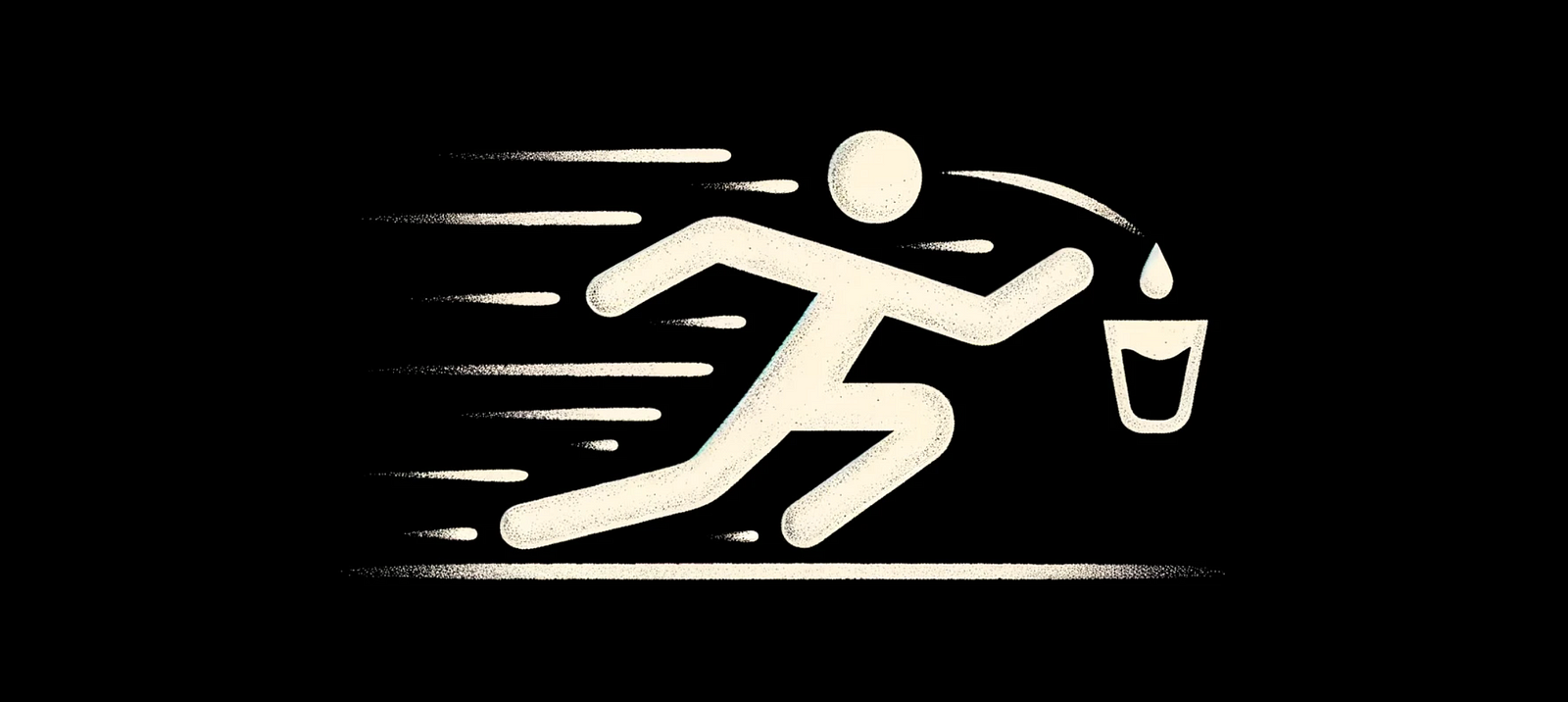
Ask yourself,
- How can I improve the UX experience of this software to reduce the number of clicks?
- How can I address this customer pain point by creating an accessory?
- How should I adjust my roadmap to stay ahead of my competition?
Keep your brain occupied with these questions, and the solution will come to you. While taking a walk, instead of grabbing your phone and scrolling through your social feed, ask the questions from yourself. When you come back from work in the evening and you’re going to relax on your sofa and watch TV, ask those questions from yourself, and your brain will start to move. One of my most productive times, as a product CEO, is Friday evenings when I come from work and want to slow down for the week. It’s amazing how this works. You need to understand that you don’t invent when sitting at your desk in the office. You only formulate the question in the office. The invention is a result of formulating the right question and thinking about it A LOT.
Second General Principle:
Be Observant and Connect the Dots: This is the second general principle to have an inventive brain and it goes second to the first one. It cannot exist without the first one. After immersing your brain in the problem statement of how to create a different UX to make the experience better, you constantly think about it. You need to become observant while walking the earth and using products around you. Your problem is solved somewhere else in another form; you need to first see it, then connect the dots. If you are a software product manager, be observant while using Apple products or Google’s products. Don’t take any of the UX for granted; think about the “why,” and boom, your brain connects the dots. This is also true for hardware stuff. When I started learning classical guitar, my instructor told me to listen to a lot of classical music and the maestros playing guitar so your brain gets familiar with what good looks like. This is the same principle. Use good products, hardware, and software and analyze their UX, hardware interactions, material selections, mechanisms they used, etc. One day, somewhere, you will end up using them as an inspiration to invent the next product or feature.

Inventing Hardware Products and Features
If you do your role#1 of the product manager right, the problem statement is in front of you. You want a hardware that does so and so. The main question you have to answer and keep answering yourself is, does this problem really need a hardware? Building a good hardware product is A LOT of work, takes 1-2 years minimum to launch, and another 1 year to stabilize. It’s a path that consumes you. Before embarking on this journey, you have to be sure the need is worth the brain damage of making hardware, customers will pay a lot of money for it, and you can continue improving and making future generations for it. Making a new hardware line is exciting for engineers but needs to be absolutely necessary. The best hardware product is no hardware product and we have seen this happening many and many times throughout our lives. We used to have phonebooks, calendars, pagers, fax machines, copiers, GPS navigation. They are all gone and exist as an app on your smartphone.
When you are sure about making hardware, it’s time to turn your inventive brain on. You should invent functionality; I want my hardware to do so and so, and you need to have enough technical expertise so you don’t hallucinate.
Example-> SprintRay Wash Unit:
In my company, I was so unhappy with the experience of washing our 3D printed parts, and it was amazing how no good product was invented for that. Once we decided to make a wash unit, I submerged myself with questions. The problem statement was, what does a good wash unit look like? What requirements should it have? We ended up making a 3-stage wash and dry all in one. It won design awards and it’s one of our highly regarded wash systems. Started in 2019 and launched in 2021. Here is an image of it:
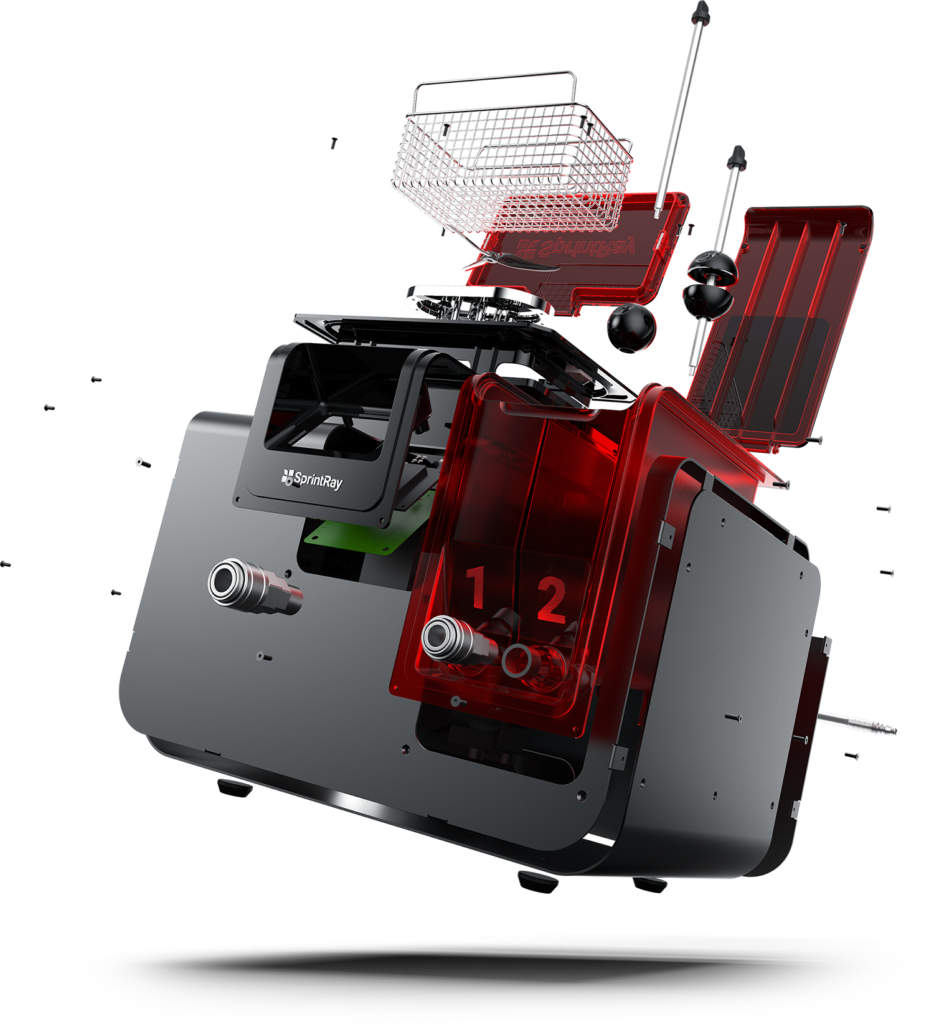
Remember I said a new line of product is like bringing a kid into this world; it’s not about popping out, it’s about raising, growing, putting them to school, worrying about manners, etc. Now, in 2024, I don’t like that product anymore and it should evolve. It’s too big, too noisy, the wash can be more efficient, etc., and the journey continues. We will be making another one.
Inventing Software/App Products and Features
When inventing for software or smartphone applications, the focus is mostly on User Experience (UX). We’re not discussing creating the next OpenAI or Google, but rather the everyday service apps and portals we use for tasks like purchasing plane tickets, tracking our food intake, and managing our work. Invention in this context takes the form of UX ingenuity. This may seem counterintuitive, but it’s actually ten times harder than hardware innovation. Unlike hardware, where the number of combinations and alternatives is limited, with software, the possibilities are virtually unlimited. Moreover, it’s crucial to envision the actual user experience during the design phase. As a result, the two general principles become even more critical.
Seek Thirst: In the context of software product management, when doing role #2, which is invention, you have to work on the problem statement. What is it that you are improving? A lot of the time, you figure out that the customer pain being experienced is clunky, but you really don’t know why! You need to spend more time thinking about what is making the experience suboptimal.
Is it the speed of algorithms, is it that we have too many clicks,
or is it the way we ask users to input data?
This takes time and you have to drink a cup of coffee, use your product many, many times, and observe customers using it many, many times to be able to form the problem statement. This stage of inviting is the most important stage for software.
Be Observant and Connect the Dots: This stage of inventing becomes more fun and satisfying in the software product management. This is mainly due to the fact that we are surrounded by great software product and applications that have done the invention in the past. You only need to see it and connect the dots. Once you picked up the “thirst”, then start using similar products in other fields. The solution come to you:
Example: Example: A few years ago, we rebuilt our entire simulation software on the cloud. I was really unhappy with the experience of simulating the dental models that needed to be 3D printed on our platform. For a long time, I couldn’t figure out why, thinking the speed of processing the algorithms was the culprit. We improved it, but the experience didn’t get any better. Then, I did what I had explained earlier: I grabbed a cup of coffee, sat with the architect, and we both started using the platform. It was like a eureka moment: when the algorithm processed the job, the object disappeared and the entire platform reloaded. We both realized that was the cause. The architect did a quick proof of concept without any reload and repositioning of the camera, and boom, the experience improved tenfold.
Conclusion:
This article covered role #2 of being a product manager.
Anyone can invent and innovate, so go ahead and invent, practice to be innovative. Be observant and connect the dots. Remember, anyone can be an inventor; you need to practice and have courage.
P.S: If you have not subscribed to Product CEO Newsletter, what are you waiting for?
